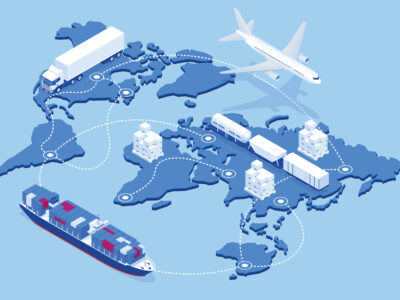Many businesses and organizations rely on information technology (IT) systems for everyday tasks. While IT systems are usually designed to be reliable, it’s essential to make sure that one has a proper IT support provider. The following article provides simple tips and tricks on how to choose an IT support provider.
Difference between in-house and outsourcing
When looking for an IT support provider, it’s a good idea to understand the differences between in-house and outsourced support services. With an in-house IT support provider, employees and managers will have access to on-demand assistance with critical IT issues. In addition, an in-house manager can also provide assistance with hardware IT issues. This can include the replacement of computer components, setting up new computer systems, managing hardware infrastructure and much more.
However, in-house IT support can be a very expensive prospect for a small business. While a large business may be able to hire a full-time IT support staff member, this isn’t an option for many small and medium-sized businesses. Fortunately, there are a number of effective ways that small businesses can manage their IT support costs.
It’s a good idea to have an outsourced IT support staff for a smaller business. With an outsourced IT staff, it’s possible to quickly and easily manage computers from a remote location. In many cases, an outsourced IT staff can be purchased on-demand. By purchasing on-demand support services, there’s no need to have a dedicated IT staff member working at a company or business. In many cases, this can lead to a significant reduction in the cost of doing business. This can also be a great way to scale the need for IT staff based on business needs.
Cloud Technology
In addition, new advances in cloud computing make it easier to manage IT services from a remote location. In the past, many businesses and organizations relied on in-house servers and database management tools. With cloud technology, it’s possible to store important information and data at a remote location. In addition, cloud storage solutions can be scaled to meet the needs of a business. This can be a fantastic way to reduce some of the common costs of running a business.
However, it’s important to remember some of the downsides of hiring a remote IT support administrator. While this can be an effective way to reduce payroll costs, it can be difficult to manage physical hardware support services with remote administration.
In this scenario, it may be necessary to hire a part-time system administrator to come in for repair services as needed. The rest of IT support services can be outsourced to a call center or a cloud service.
In addition, cloud services are a great way to improve data storage integrity. With a cloud storage solution, there’s no need for a business to worry about data loss or hard drive failure. In addition, data storage needs can be scaled to meet demand. If a business doesn’t need a lot of storage capacity, there’s no need to have empty hard drives running for storage. Instead, storage will increase based on the needs of a business.
When choosing an IT support provider, it’s a good idea to weigh the pros and cons of in-house and outsourced services. In many cases, outsourced services are a better choice for a small business.









Comments